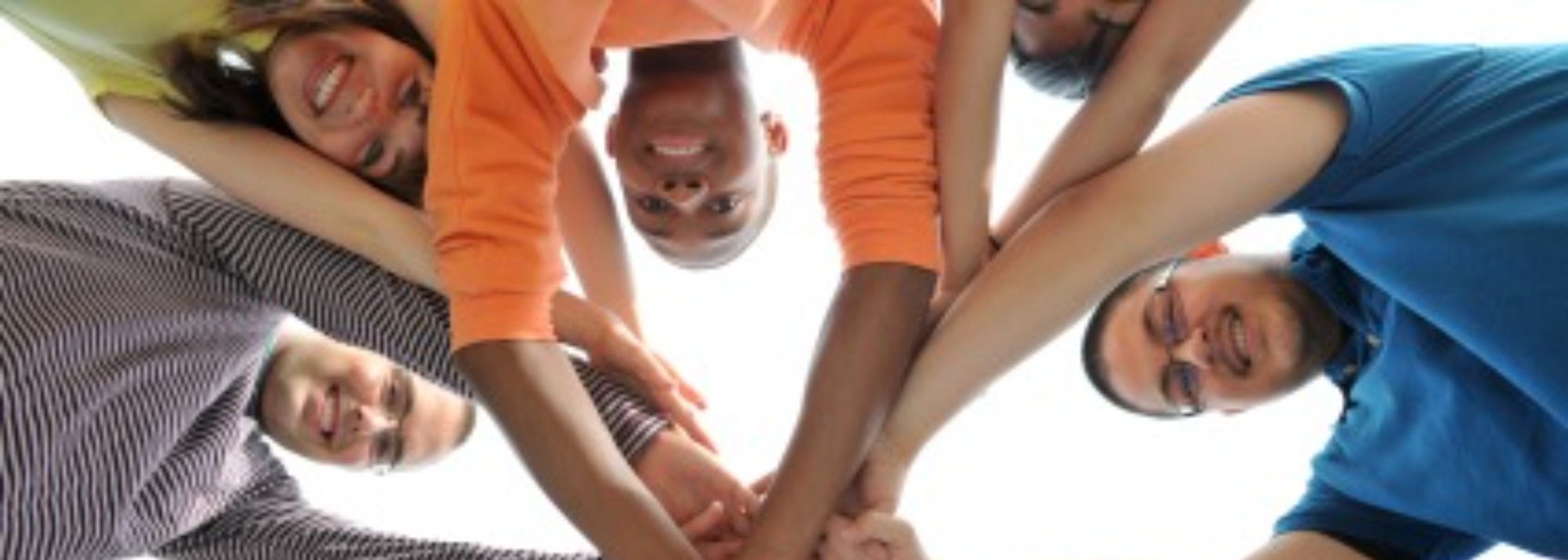Community Music Therapy (CoMT)
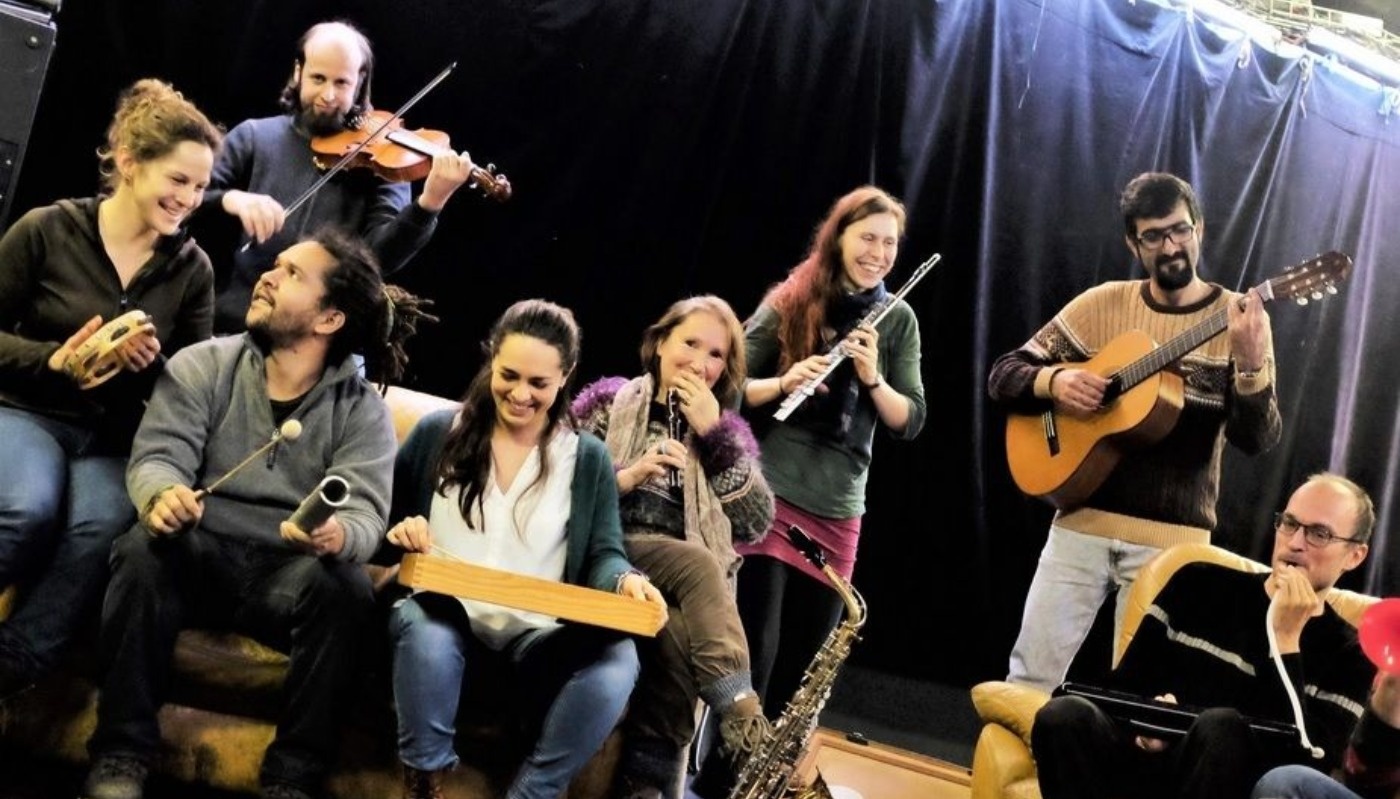
Why Community Music Matters:
In 2022, the World Health Organization released its World Mental Health Report: Transforming Mental Health for All, calling for a profound shift in how societies support mental wellbeing - especially by embedding mental health into community life, not treating it as an isolated domain. The report emphasises that mental health is integral to overall health and must be supported through community-based systems.
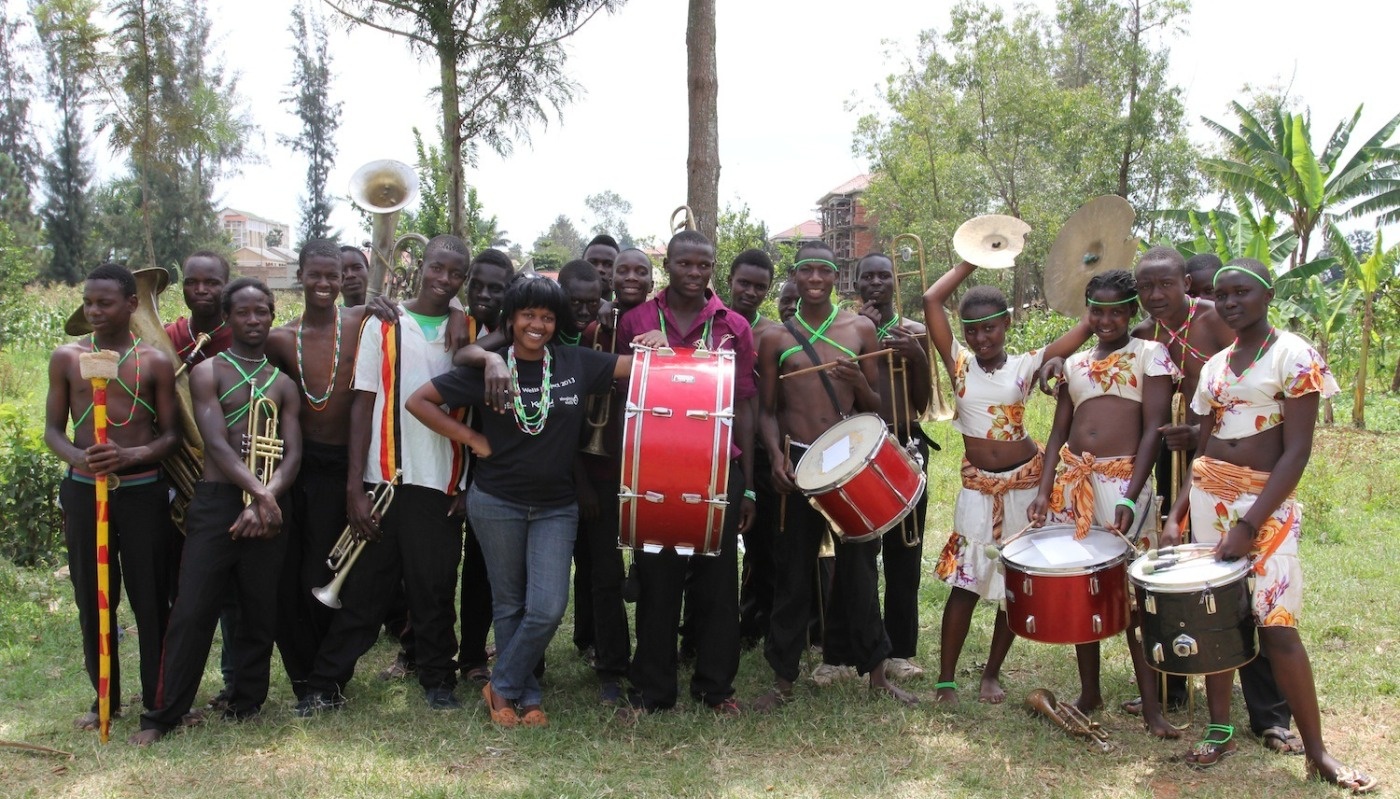
Though the WHO does not literally equate mental health with freshwater, the metaphor “as essential as water” circulates widely in policy discourse to emphasise that societies cannot function without widespread, equitable access to mental health support. Across UN and WHO dialogues, there is recurring emphasis on how communities themselves must be soothed, nurtured, and healed - not only individuals.
Community music therapy sits at that intersection: healing individuals within the social field, and restoring the fabric of belonging, meaning, and cohesion in communities.
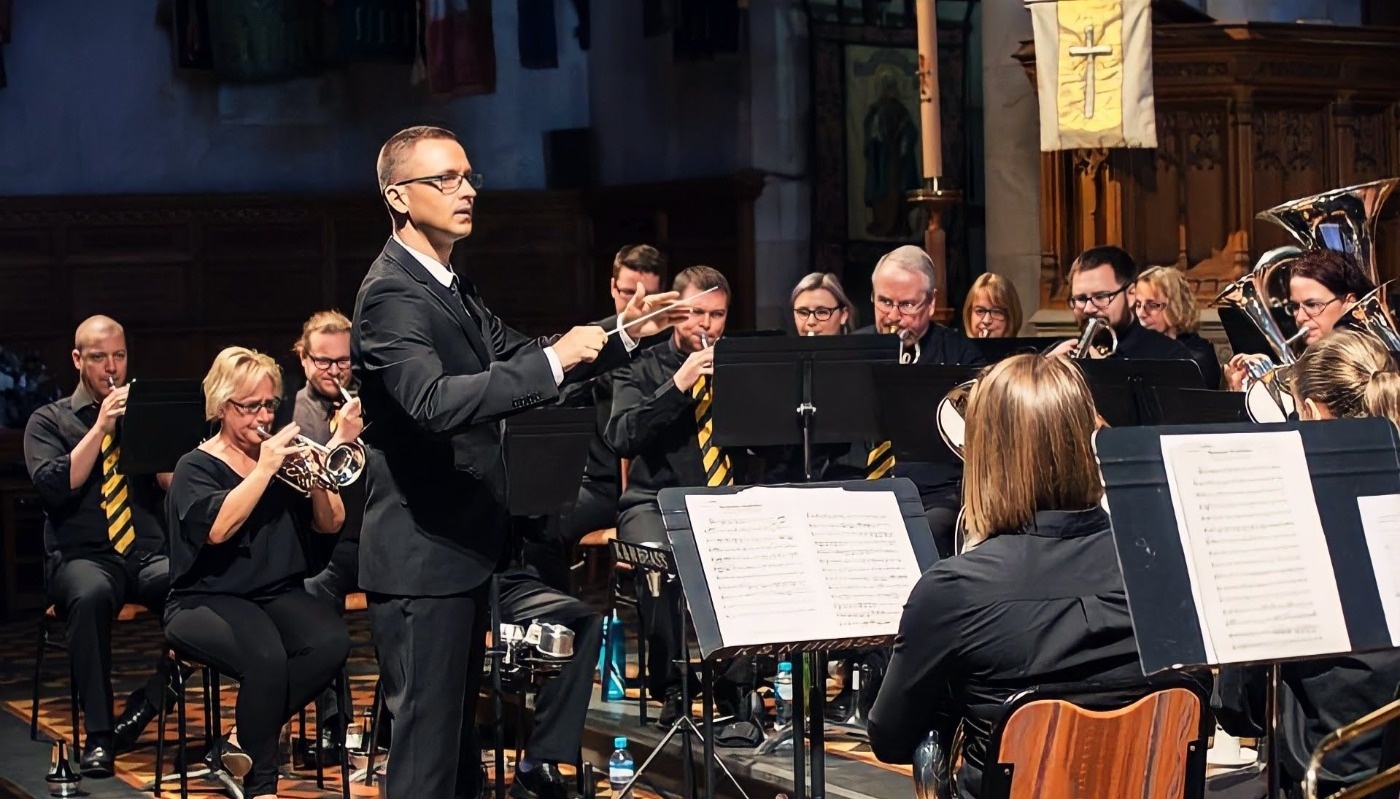
About Me: Musician, Conductor, Community Builder:
For over 30 years I have been a brass musician and conductor, working with ensembles across Australia and the UK - from elite brass bands to grassroots community ensembles. I’ve led, mentored, performed, and collaborated, all the while witnessing firsthand how music transforms lives.
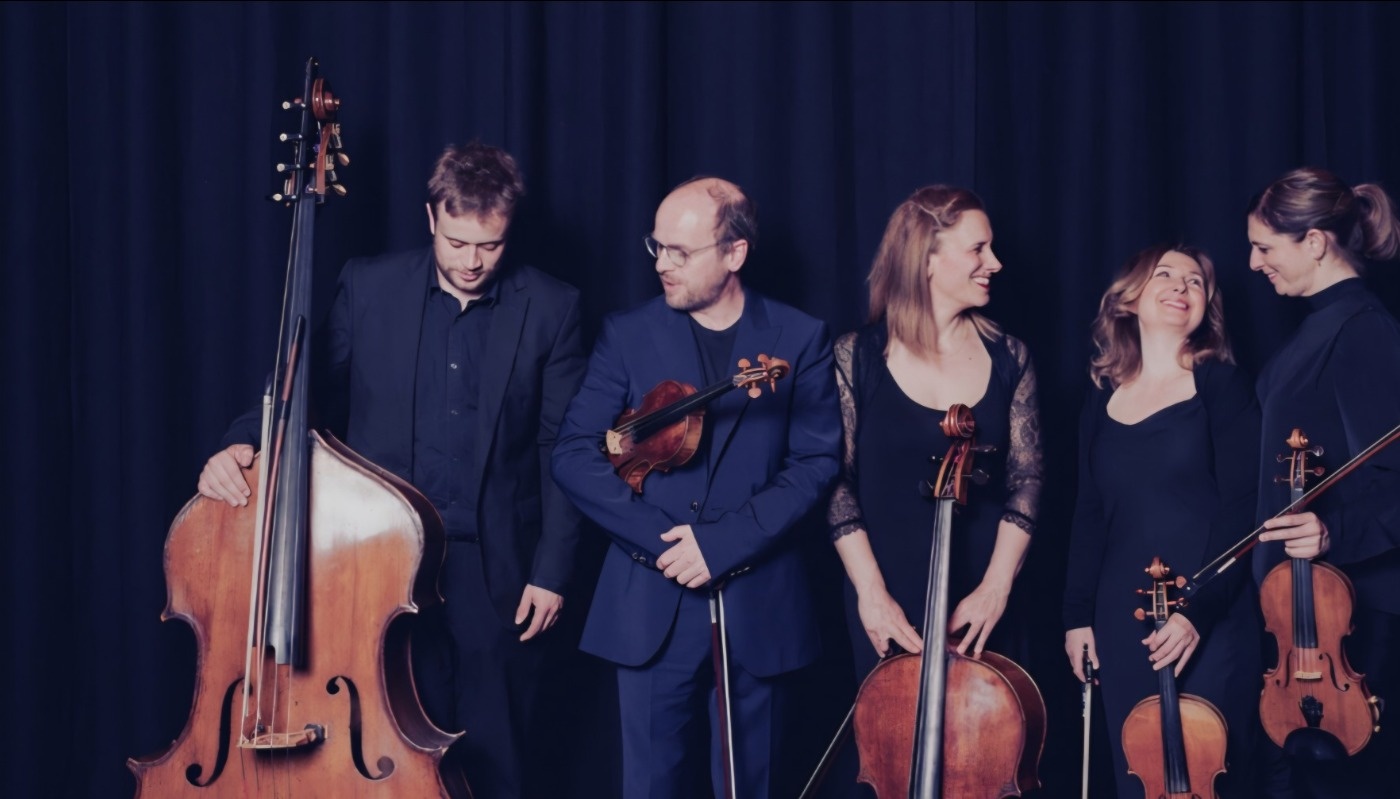
My journey through music and psychotherapy has shown me that the power is not just in the notes or the technique - it’s in togetherness. It’s in the relationships, the shared breath, the collective intent to uplift one another.
With that lived and professional experience, I bring to Bright Lights Life a unique lens: one grounded in artistic excellence, community engagement, and therapeutic heart.
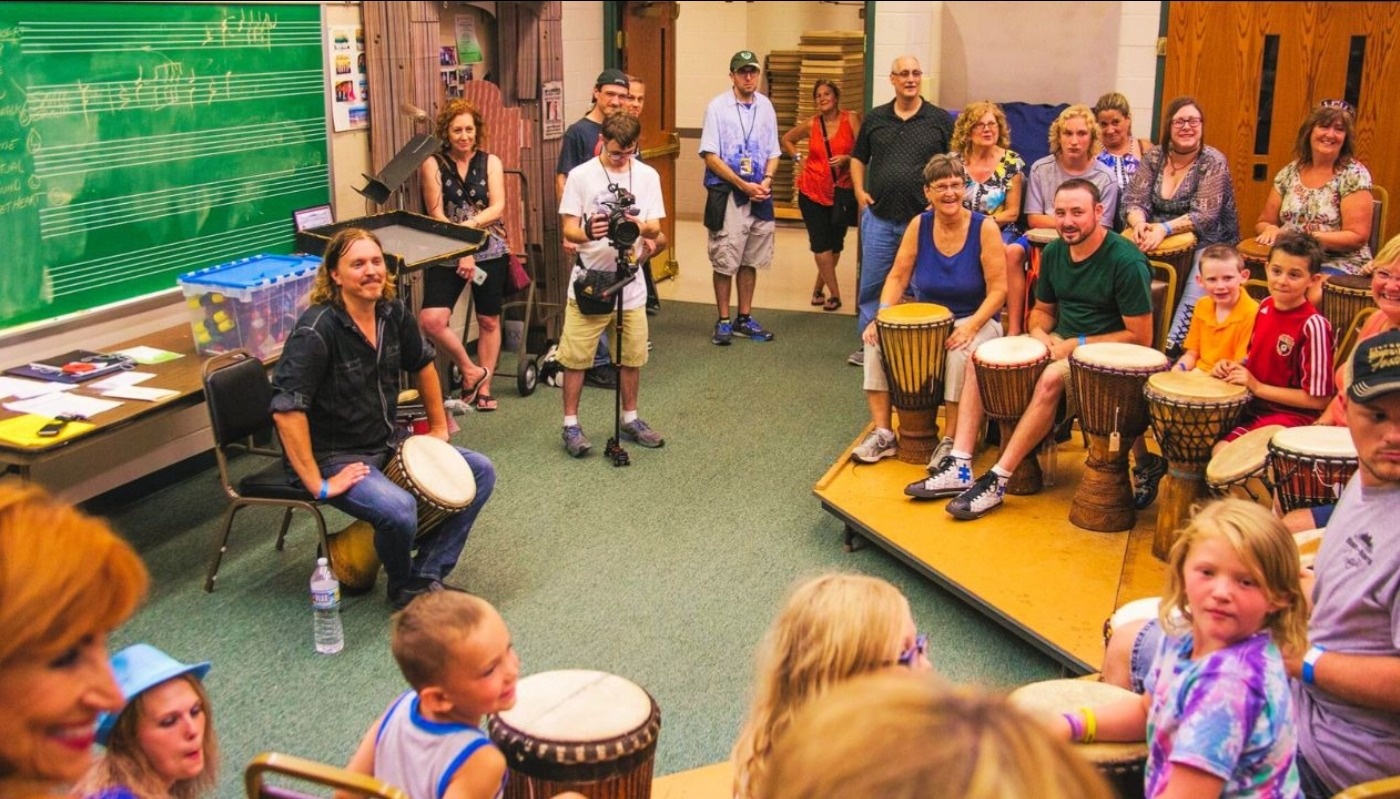
What Is Community Music Therapy?
Community Music Therapy (often called CoMT) differs somewhat from clinical music therapy. Its core is the recognition that music-making in a social, non-hierarchical contextis itself therapeutic and strengthening.
In practice, this can take many forms:
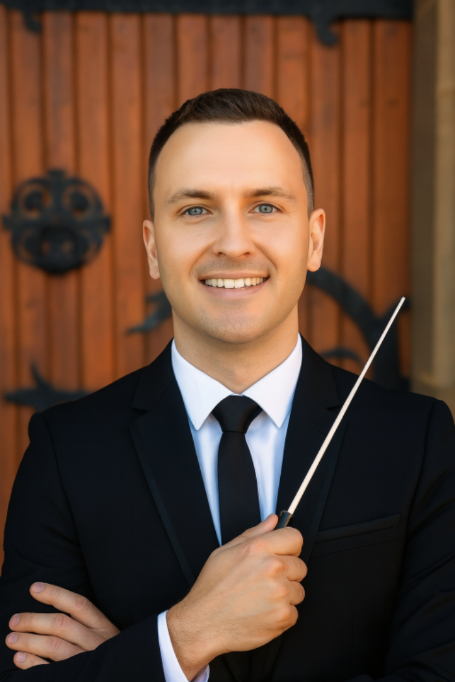
Brass ensembles, wind bands, or brass bands
Choirs or vocal groups
Orchestras or chamber groups
Rock, pop, or hybrid bands
Songwriting circles, drumming circles, improvisational groups
Performance/co-creation with community participants
In each modality, the music becomes the medium through which emotional, psychological, and relational healing can flow.
(see below)
Benefits for the Individual:
Here’s how community music therapy supports individuals:
Emotional regulation & catharsis
Music helps externalise feelings - sadness, anger, longing - in a contained, expressive channel. Through melody, harmony, rhythm, individuals often find release, relief, and renewal.
Self-esteem, agency, and identity
Co-creating music, performing, or mastering parts gives people tangible affirmation: “I can contribute, I have value.” This reinforces self-worth, particularly for those who’ve been marginalised or silenced.
Cognitive, motor, and auditory benefits
Playing brass or other instruments engages memory, coordination, attention, auditory discrimination, and executive control. These neuro-musical benefits often spill into daily life.
Social connection & belonging
Music is by its nature relational. To make ensemble music you must listen, adapt, sync with others. This fosters empathy, trust, reciprocity, and deep human connection.
Stress reduction, mood uplift, mental health support
Group music therapy has been shown to reduce anxiety, improve mood, and improve quality of life among people with depression, stress, and other mental health conditions.
Empowerment through expression
For many, words fail. Music offers alternative languages - melodic, rhythmic, harmonic - to speak meaning, to reflect, to heal.
Benefits for the Community & Society:
Community music therapy is not just for the individual - its ripple effects spread outward.
Strengthening social cohesion & trust
Communities that make music together build bridges across differences: age, culture, socioeconomic status. Shared music becomes a social glue.
Creating “soothing spaces” in public life
In local halls, parks, schools, churches - music projects generate safe, uplifting spaces. They invite people in, calm tension, heal collective stress.
Audience participation & cultural value
Even community members who don’t play can participate as listeners, supporters, hosts. Their presence affirms the communal nature of the work, reminding all that music is for everyone, not just a few.
Cultural identity, pride, and narrative
Local music programs root people in place and story. They allow communities to celebrate their heritage, express hopes and struggles, and co-author new narratives of resilience.
Public mental health infrastructure
In the WHO’s vision for “transforming mental health for all,” community-based mental health services are central. Community music therapy can become part of that infrastructure: low-cost, scalable, locally responsive.
How We Operate at Bright Lights Life:
Local ensemble programs - primarily brass bands, but with capacity to run choirs, chamber groups, mixed bands, songwriting circles.
Inclusive design - no auditions, flexible roles, adaptive parts so people of all levels can join.
Community outreach performances - within neighbourhoods, hospitals, schools, public spaces — so music is not merely “for therapy,” but woven into everyday life.
Partnerships with local organisations - working with schools, churches, community centres, youth services, and local health agencies to make music therapy accessible.
Workshops & training - for community leaders and volunteers to continue sustainable growth.
Feedback & evaluation - we incorporate participant voice, qualitative narratives, and quantitative measures (wellbeing scales, social metrics) to track impact.
A Vision for Healing & Belonging:
At Bright Lights Life, we see community music therapy not as an add-on, but as a vital node in holistic healing. It is where inner transformation meets collective renewal — where one's personal journey of recovery becomes part of a shared story of belonging, dignity, and light.
If you or your community would like to explore launching a music therapy ensemble, or integrating this approach into your local area, we invite you to contact us.
Together, we can turn up the brightness - for the individual, for the community, and for the world.
